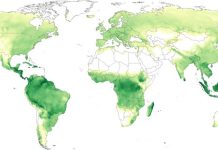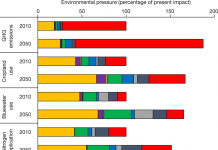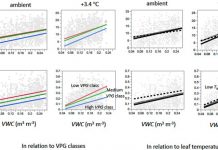Kourosh Honarmand Ebrahimi Eckhard Bill Peter-Leon Hagedoorn & Wilfred R Hagen. The catalytic center of ferritin regulates iron storage via Fe(II)-Fe(III) displacement. Nature Chemical Biology 2012 8: 941–948 doi:10.1038-nchembio.1071.
Abstract
A conserved iron-binding site the ferroxidase center regulates the vital iron storage role of the ubiquitous protein ferritin in iron metabolism. It is commonly thought that two Fe(II) simultaneously bind the ferroxidase center and that the oxidized Fe(III)-O(H)-Fe(III) product spontaneously enters the cavity of ferritin as a unit. In contrast in some bacterioferritins and in archaeal ferritins a persistent di-iron prosthetic group in this center is believed to mediate catalysis of core formation. Using a combination of binding experiments and isotopically labeled 57Fe(II) we studied two systems in comparison: the ferritin from the hyperthermophilic archaeal anaerobe Pyrococcus furiosus (PfFtn) and the eukaryotic human H ferritin (HuHF). The results do not support either of the two paradigmatic models; instead they suggest a unifying mechanism in which the Fe(III)-O-Fe(III) unit resides in the ferroxidase center until it is sequentially displaced by Fe(II).
Enric Frago Marcel Dicke H. Charles J. Godfray. Insect symbionts as hidden players in insect–plant interactions. Trends in Ecology & Evolution 2012 27(12): 705-711.
Abstract
There is growing evidence of the importance of microbial mutualistic symbioses in insect–plant interactions. Mutualists may affect host plant range and enable insects to manipulate plant physiology for their own benefit. The plant can also be a route for the horizontal transfer of mutualistic microorganisms among their host insects. Where this occurs selection for improved transmission might cause the insect mutualist to damage the plant and become a plant pathogen. Insect microbial associates can influence ecological communities by changing the way the plant interacts with their hosts’ competitors and natural enemies. We review recent research in this field and suggest that insect mutualists may be more important ‘hidden players’ in insect–plant interactions than i







